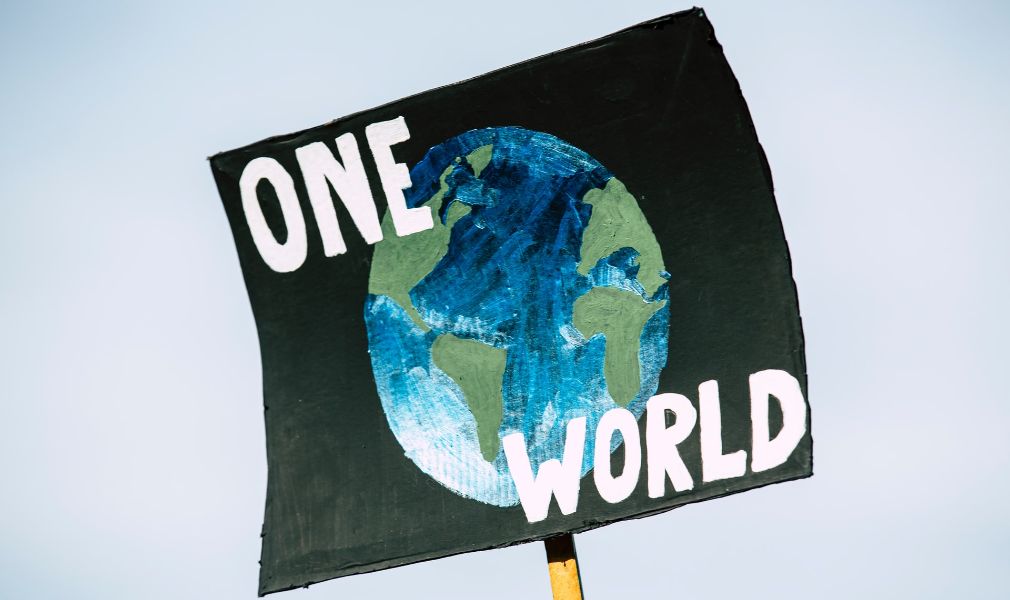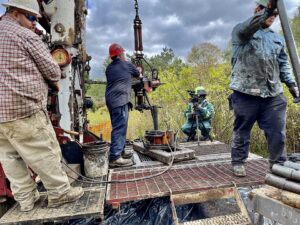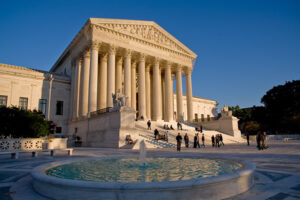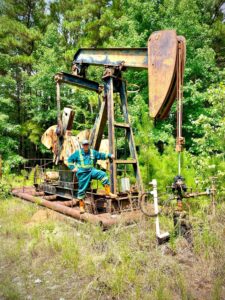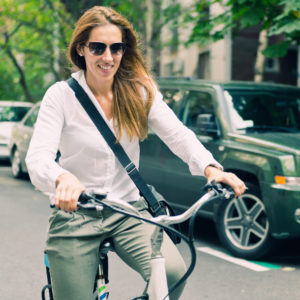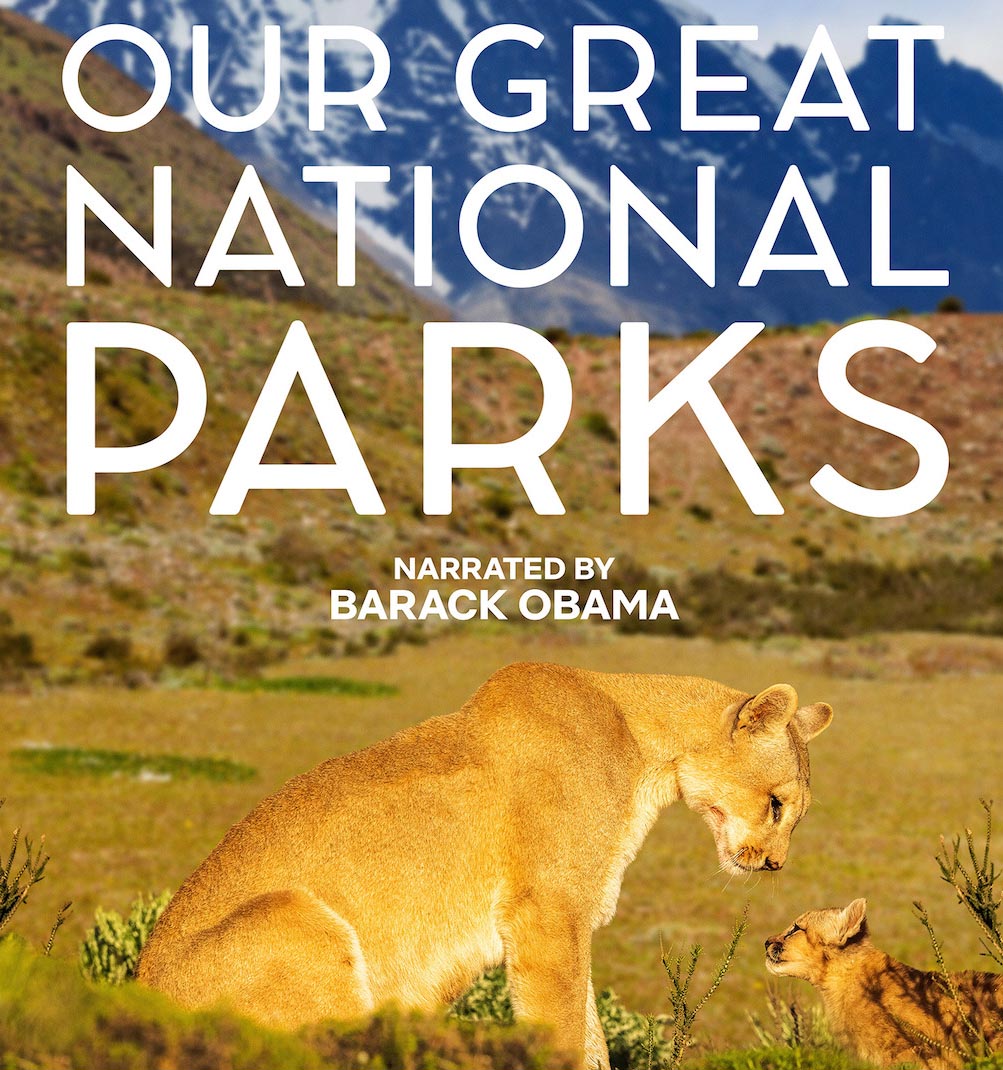
Compelling stories that tug at your heartstrings.
Extraordinary natural wonders you probably had no idea existed.
Delightful profiles of mothers and their babies, some just minutes old.
And a powerful message about the impact climate change is having on it all.
That’s what you’ll find when you watch Our National Parks: World of Wonder, the stunning new five-episode series produced and narrated by former President Barack Obama, streaming in its entirety on Netflix.
The series, which has garnered a 100% rating on RottenTomatoes.com, does what no other nature series has: it highlights the important role the world’s large national parks play in mitigating climate change while protecting the air we breathe, the water we drink, and the plants and animals that make nature so special.
Here’s the simple message from Obama:
“Create national parks to stop climate change and protect Nature.”
The series opens with the former president walking the beaches of Hawaii’s Hanauma Bay, where he grew up and where he first started connecting to the outdoors. For the next 60 minutes, viewers are treated to one jaw-dropping image after another of what Obama calls “our shared birthright.” Though subsequent episodes focus on parks in Indonesia, Chilean Patagonia, California, and Africa, this first episode takes us all over the world, giving viewers a sense of “the greatest array of life on earth.”
If you watch nothing else, tune in to the Madagascar segment in the opening episode. That’s where you’ll find the endangered white sifaka lemur, whose black face and ears, big yellow eyes, and long snake-like tail belie a creature capable of vaulting deadly chasms and towering spikes of stone.
Lemurs are surely the Tom Cruise of the animal kingdom. And like when you’re watching “Mission: Impossible,” you’ll hold your breath as a baby just eight weeks old clings to its mother as she soars from spike to spike, only to go frolicking in the food-rich tree branches when they reach safety. “Mom gives him lots of encouragement,” Obama reports, “building his confidence to leave her side and explore his new world. In time, he’ll cover 30 feet in a single leap. Until then, it’s baby steps.”
Footage of Costa Rica’s Manuel Antonio Park zeroes in on the three-fingered sloth, the creature with the slowest metabolism of any mammal on Earth. What’s fascinating about this animal—apart from the fact that it can take a month to digest a single leaf—is that it hosts an entire “micro kingdom” of at least 80 species within its fur.
Obama says the sloth’s furry ecosystem is more like a “tiny pharmaceutical factory, where fungus in the fur produces chemicals that have the potential to fight cancer, malaria, and antibiotic resistant superbugs.”
“If we can protect him and his rainforest, this sleepy sloth might just save us all.”
Throughout the series, Obama throws in just enough facts to surprise but not overwhelm. A short section on Australia’s Great Barrier Reef points out that it is the world’s largest. More importantly, though corals make up just 1% of the ocean, they support nearly 25% of all marine life. Little wonder that the coral bleaching caused by climate change is an international concern.
The overview also includes Yellowstone, the first national park in the world and home to the largest concentration of wildlife in the lower 48 states. It is, Obama reports, “One of America’s greatest ideas.”
Episode 2 highlights Chilean Patagonia. While I’ve hiked and camped in Yellowstone, gone diving on the Great Barrier Reef, and even seen one of those Costa Rican sloths, Patagonia is still on my bucket list, and Obama’s series shows why. Spectacular mountain ranges stretch out for over a thousand miles while animals like the puma, a mountain lion, and guanaco, a relative of the llama, forage below. This episode made me want to pack my bags and head out.
Episode 3 takes viewers to Tsavo National Park in Kenya. Among the wonderful footage of hippos, rhinoceroses, and cheetahs, the scene of an elephant trying to avoid trucks as it crosses a busy road reminds viewers that, as wonderful as parks are, some of them still aren’t big or secure enough to protect the wildlife within.
The Monterey Bay National Marine Sanctuary, a huge oceanic cauldron roiled by orcas, sharks, dolphins and the magnificent blue whale, shines in episode 4. Among other animal encounters, a mother sea otter looks for a way to keep her pup, just a few hours old, warm and dry while she goes hunting for food as migrating monarch butterflies fill the skies.
But it’s not all pretty pictures. Around the world, ocean health is in steep decline, Obama warns. Sea temperatures are rising, damaging entire ecosystems. Fish stocks are plummeting. Pollution is escalating, a point demonstrated by footage of plastic bags and other trash floating in the water. To tackle these threats, we need to expand and connect our marine sanctuaries. In fact, this is an important part of Obama’s message: that as wonderful as our land and ocean parks and sanctuaries are, we need more.
We also need to make choices that will make a difference. “Push your own communities to adopt smarter climate practices,” he encourages. “And vote like the planet depends on it.”
“There’s no more time to waste. The world we leave to our children is too important. The time to act is now.”
Parental Advisory: The first episode of World of Wonder should be fine for children of all ages. In each subsequent episode, there is one scene lasting 5-10 minutes that shows one animal hunting and killing another as part of the food chain process. You might want to fast-forward through those scenes if you’re watching with kids younger than 12, or any child who might be distressed by this.
Have you watched this series yet? Let us know when you do. Please share your experiences with the Big Green Purse Facebook community. Thanks.


